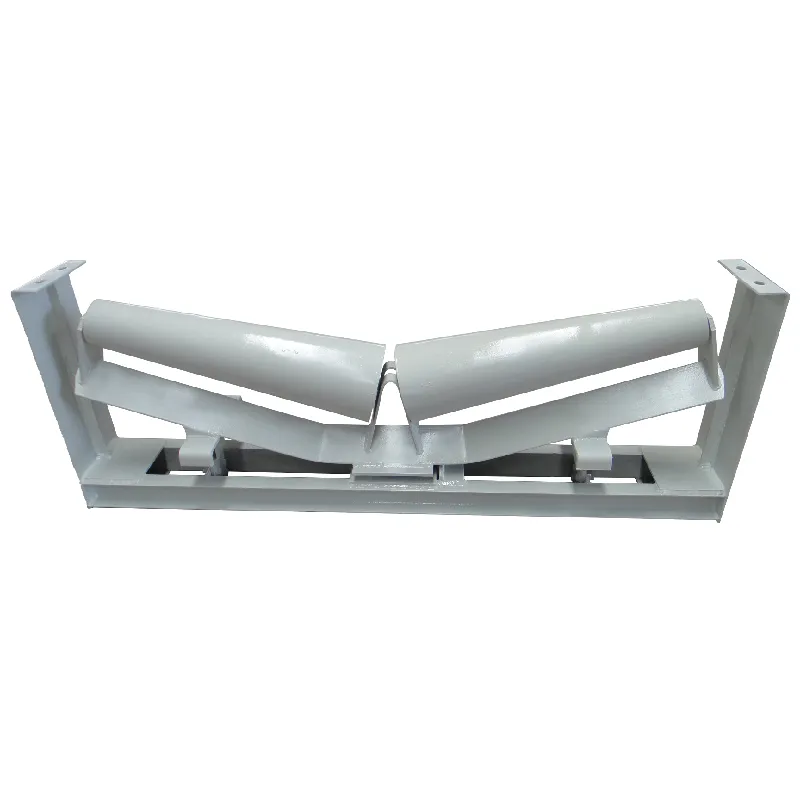 Afrikaans
Afrikaans  Albanian
Albanian  Amharic
Amharic  Arabic
Arabic  Armenian
Armenian  Azerbaijani
Azerbaijani  Basque
Basque  Belarusian
Belarusian  Bengali
Bengali  Bosnian
Bosnian  Bulgarian
Bulgarian  Catalan
Catalan  Cebuano
Cebuano  Corsican
Corsican  Croatian
Croatian  Czech
Czech  Danish
Danish  Dutch
Dutch  English
English  Esperanto
Esperanto  Estonian
Estonian  Finnish
Finnish  French
French  Frisian
Frisian  Galician
Galician  Georgian
Georgian  German
German  Greek
Greek  Gujarati
Gujarati  Haitian Creole
Haitian Creole  hausa
hausa  hawaiian
hawaiian  Hebrew
Hebrew  Hindi
Hindi  Miao
Miao  Hungarian
Hungarian  Icelandic
Icelandic  igbo
igbo  Indonesian
Indonesian  irish
irish  Italian
Italian  Japanese
Japanese  Javanese
Javanese  Kannada
Kannada  kazakh
kazakh  Khmer
Khmer  Rwandese
Rwandese  Korean
Korean  Kurdish
Kurdish  Kyrgyz
Kyrgyz  Lao
Lao  Latin
Latin  Latvian
Latvian  Lithuanian
Lithuanian  Luxembourgish
Luxembourgish  Macedonian
Macedonian  Malgashi
Malgashi  Malay
Malay  Malayalam
Malayalam  Maltese
Maltese  Maori
Maori  Marathi
Marathi  Mongolian
Mongolian  Myanmar
Myanmar  Nepali
Nepali  Norwegian
Norwegian  Norwegian
Norwegian  Occitan
Occitan  Pashto
Pashto  Persian
Persian  Polish
Polish  Portuguese
Portuguese  Punjabi
Punjabi  Romanian
Romanian  Russian
Russian  Samoan
Samoan  Scottish Gaelic
Scottish Gaelic  Serbian
Serbian  Sesotho
Sesotho  Shona
Shona  Sindhi
Sindhi  Sinhala
Sinhala  Slovak
Slovak  Slovenian
Slovenian  Somali
Somali  Spanish
Spanish  Sundanese
Sundanese  Swahili
Swahili  Swedish
Swedish  Tagalog
Tagalog  Tajik
Tajik  Tamil
Tamil  Tatar
Tatar  Telugu
Telugu  Thai
Thai  Turkish
Turkish  Turkmen
Turkmen  Ukrainian
Ukrainian  Urdu
Urdu  Uighur
Uighur  Uzbek
Uzbek  Vietnamese
Vietnamese  Welsh
Welsh  Bantu
Bantu  Yiddish
Yiddish  Yoruba
Yoruba  Zulu
Zulu Different Varieties of Pulley Lagging and Their Applications in Industry
Types of Pulley Lagging Enhancing Performance and Longevity
Pulleys are integral components in various mechanical systems, particularly in industries such as mining, manufacturing, and transportation. They are designed to transmit power and motion and are commonly used in conveyor belts, lifting mechanisms, and other applications. To enhance their performance and extend their lifespan, pulleys are often equipped with lagging. This article explores the various types of pulley lagging, their benefits, and considerations for selection.
What is Pulley Lagging?
Pulley lagging refers to the surface treatment applied to the rim of a pulley. It serves several purposes, including improving the grip between the pulley and the belt, providing protection against wear, and reducing slippage and noise. The type of lagging used can significantly affect the efficiency and functionality of the entire system.
Types of Pulley Lagging
1. Rubber Lagging Rubber lagging is one of the most common types used in industrial applications. It provides excellent traction and adhesion between the pulley and the conveyor belt, reducing slippage. Rubber lagging is particularly effective in wet or slippery conditions, making it ideal for mining and material handling environments. Additionally, it protects the pulley from wear and tear due to abrasion, extending the pulley’s life.
2. Ceramic Lagging For applications experiencing high wear and tear, ceramic lagging offers a robust solution. This type of lagging incorporates ceramic tiles bonded to a durable backing. The hardness of ceramic significantly enhances resistance to abrasion and impacts, making it suitable for heavy-duty applications such as those in aggregate handling and mining. While it may come at a higher initial cost than rubber, the increased durability often results in lower maintenance costs over time.
3. Metal Lagging Metal lagging, usually made from steel or aluminum, is often used in high-load applications where strength and durability are crucial. It is resistant to extreme temperatures and can handle aggressive material flows. Though it doesn’t provide as much friction as rubber, it is highly effective in settings where there is a need for structural integrity and resistance to wear. Metal lagging is often used in environments where other materials might fail or degrade too quickly.
4. Polyurethane Lagging Polyurethane lagging is a versatile option that combines some of the best features of rubber and ceramic. It offers a good balance of wear resistance, flexibility, and tensile strength. This type of lagging is suitable for various applications, including mining, manufacturing, and recycling. It can be formulated to meet specific performance requirements, making it an excellent choice for customized solutions.
types of pulley lagging

5. Fabric Lagging Less common but still relevant, fabric lagging involves applying a fabric layer between the pulley and conveyor belt. This type provides lower friction and better flexibility, which can be beneficial in specific applications where a softer surface is advantageous. Fabric lagging is often used in light-duty applications, where the primary concern is to reduce noise and vibration.
Benefits of Proper Lagging
The right type of pulley lagging can result in substantial benefits, including
- Increased Efficiency Proper lagging improves friction and reduces slippage between the pulley and the belt, enhancing overall system efficiency. - Reduced Wear Lagging protects the pulley surface from wear and tear, thereby extending its lifespan and reducing replacement costs. - Noise Reduction Certain types of lagging can minimize noise and vibration during operation, benefiting the working environment. - Improved Safety By providing better grip and reducing slippage, lagging enhances operational safety, reducing the risk of accidents.
Considerations for Selection
When selecting the appropriate type of pulley lagging, several factors should be considered, including the specific application, environmental conditions, material handling requirements, and budget constraints. It’s essential to evaluate the type of materials being transported, the expected loads, and the operating conditions to ensure optimal performance.
Conclusion
Pulley lagging is a crucial factor in the efficiency and longevity of pulley systems. With various types available, each having its specific advantages, selecting the right lagging can lead to substantial improvements in operational performance. Understanding the unique requirements of an application will guide the choice of lagging material, ultimately resulting in a more effective and reliable system.
-
Revolutionizing Conveyor Reliability with Advanced Rubber Lagging PulleysNewsJul.22,2025
-
Powering Precision and Durability with Expert Manufacturers of Conveyor ComponentsNewsJul.22,2025
-
Optimizing Conveyor Systems with Advanced Conveyor AccessoriesNewsJul.22,2025
-
Maximize Conveyor Efficiency with Quality Conveyor Idler PulleysNewsJul.22,2025
-
Future-Proof Your Conveyor System with High-Performance Polyurethane RollerNewsJul.22,2025
-
Driving Efficiency Forward with Quality Idlers and RollersNewsJul.22,2025





























